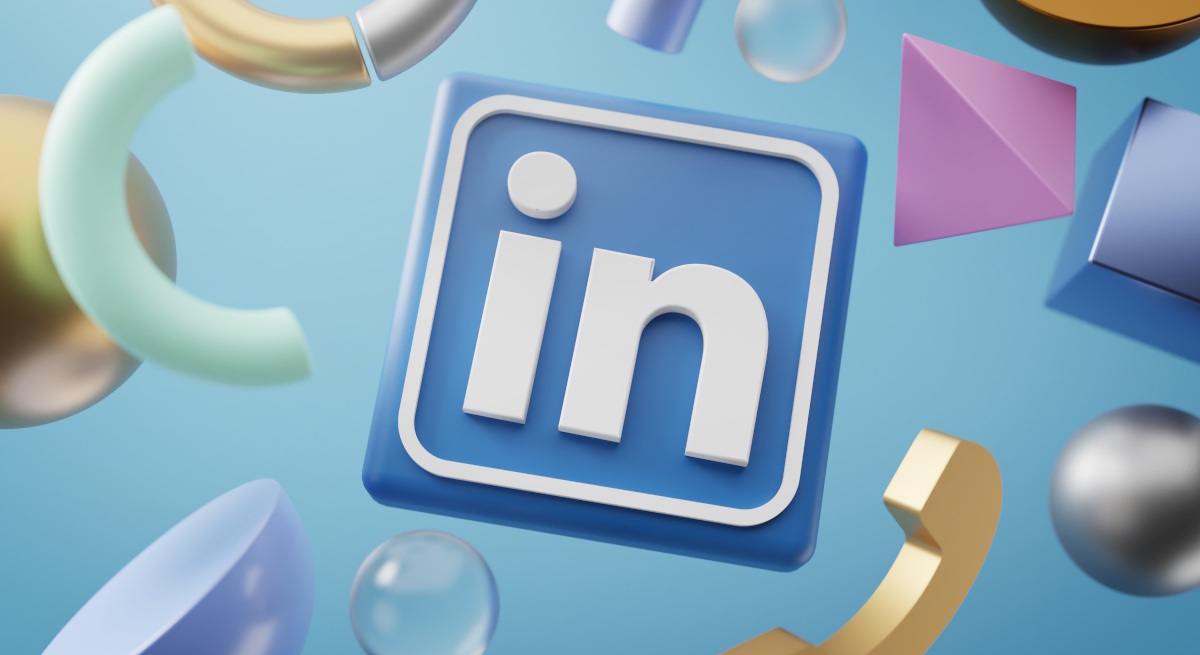
LinkedIn has been building OpenAI and Microsoft Bing tech into its offering to help jobseekers connect with recruiters with minimum effort via a chatbot.
As part of its ongoing bid to encourage workers to embrace AI technology, LinkedIn has today (1 November) introduced new AI-powered features for a small group of premium users.
One of the standouts among the new raft of features is a generative AI chatbot that provides advice to jobseekers. It can generate advice about roles based on applicants’ profiles and the information provided by the job ad. Applicants will be able to ask the tool whether it is worth their time to apply for a particular position and what points they should highlight if they do apply.
The tools launched alongside the news that LinkedIn has reached 1bn users. The company’s chief product officer Tomer Cohen said members will see more personalisation with each interaction, including upskilling and personalised career advice action suggestions.
“It will include personalised takeaways and nudges, from suggestions for skills you should build, to professionals in your network to reach out to for any question you have (we’ll even help you craft personalised messages to kickstart those conversations),” he wrote.
He added that the new service leverages Microsoft Bing to provide jobseekers with “timely and comprehensive information” that keeps them updated on what’s happening in the world right now. “If you have a question about a trending topic, you can expect a swift response in the form of expert articles and discussions, both from LinkedIn and across the web,” he said.
The tool is meant to be a companion to other similar features LinkedIn has already rolled out for premium users, including a generative AI-powered profile writing tool the company said was designed to do the “heavy lifting” for jobseekers when it comes to strategising how they will engage with recruiters on the platform.
When that profile writing tool was launched in March, Cohen encouraged people to think of generative AI as a co-pilot and an assistant. LinkedIn is owned by Microsoft, which has itself heavily invested in generative AI of late, releasing tools such as Microsoft Dynamics 365 Copilot, a productivity suite for enterprises.
Lei Yang, VP of engineering at LinkedIn explained in a blogpost the process behind implementing the new features for customers. “We not only built our own tooling and platforms to utilise the capabilities of existing OpenAI models in our tech stack, but also leveraged the knowledge we have about our members’ professional skills and interests, as well as insights across LinkedIn, in order to create a personalised experience for our members.”
To ensure the interactions are of value to members, the engineering team “had to find the right balance between personalisation and response speed” meaning they built various mechanisms such as “streaming responses, offline data processing and pre-computation to reduce real-time response latency,” said Yang.
10 things you need to know direct to your inbox every weekday. Sign up for the Daily Brief, Silicon Republic’s digest of essential sci-tech news.

